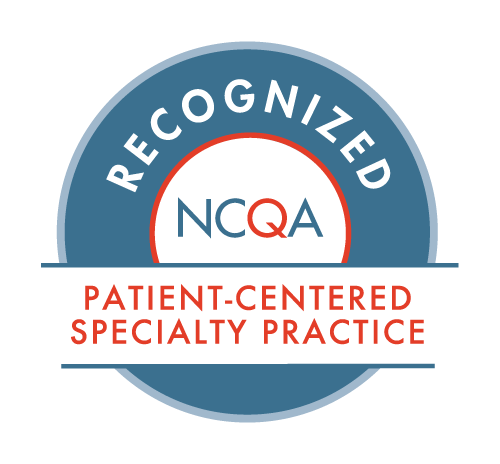These Are the Factors that Contribute to Vein Problems
- Posted on: Sep 15 2019
As much as any other part of the body, we need our veins to work well. The system of arteries, veins, and capillaries that span the body provide a vital function, holding the blood that travels to all organs and tissues. Without functioning veins, problems occur. Varicose veins and spider veins are among the most common concerns related to malfunctioning veins. While treatments are available for each of these problems, it helps to know why veins may stop working well to begin with. After all, prevention is still the best medicine.
At the heart of spider veins and varicose veins, we find what we call venous insufficiency. Basically, this term means that certain veins are not sufficiently pushing blood back toward the heart. Both spider veins and varicose veins often occur in the legs, where valves in the veins are involved in working against the force of gravity. When visible and painful veins develop, it means that blood is pooling beneath a malfunctioning valve. Once this happens, the problem can only be treated with a technique such as sclerotherapy, which closes the affected vein.
What can cause valves in a vein to malfunction? Of course, there is typically a genetic factor involved. Age is also a factor, with most cases of venous insufficiency occurring after age 50. There is nothing that can be done to eliminate these risks. However, other common risk factors are much more manageable. These include:
- One of the reasons why women are more prone to vein problems is that they have higher levels of estrogen, and estrogen affects the strength of vein walls and valves. Estrogen acts as a natural risk factor but can also be exacerbated by the use of hormonal birth control and menopausal hormone therapy. If you have other risk factors for vein problems, the use of estrogen may be worth discussing with your doctor.
- There are two ways in which daily activity levels factor into the risk for venous insufficiency. Just like we need to exercise to keep our heart and lungs working at optimal capacity, we also need to move frequently to promote adequate blood flow out of the legs. Regular leg exercise improves muscle tone, which in turn provides structure for legs in the lower extremities. Another way that frequent movement supports vein health is by reducing the risk of obesity. Excess weight places stress on the muscles as well as the veins, especially in the legs.
- Cigarettes contain several harmful chemicals. Among them is nicotine. This chemical depletes the body of oxygen and has also been identified as a factor in the hardening and narrowing of the arteries. Narrowed space in inflexible arteries presents more stress on veins and capillaries to move blood, thus increasing the risk of malfunction.
Managing your risks for venous insufficiency is your responsibility. Helping you get rid of varicose and spider veins is ours. To schedule a consultation for vein treatment in our Bridgewater or Clinton, NJ office, call (908) 788-0066.
Posted in: The Vein Institute of Hunterdon



